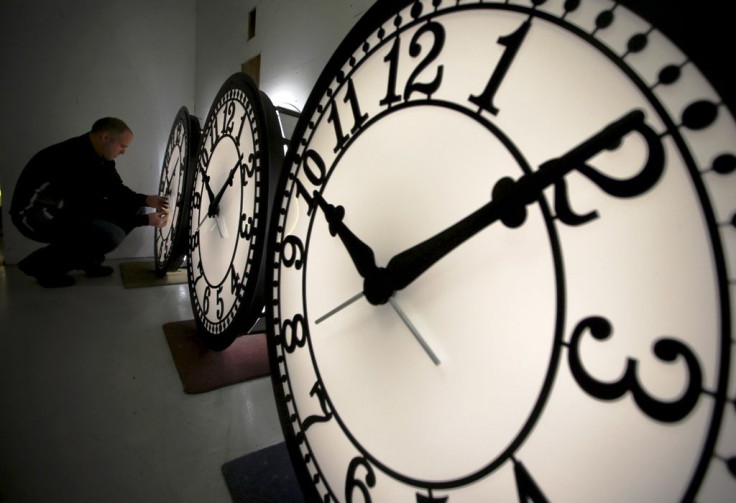When Will Daylight Saving Time 2016 End? Get Ready Set Your Clocks Back An Hour

Americans will have an extra hour to sleep as clocks will be set an hour back due to Daylight Saving Time that is inching closer to bid adieu. But when exactly does DST end this year?
Also called Fall Back and Winter Time, DST often ends on the last day of October. However, in 2016, it will end on Nov. 6 at 2 a.m. and people in the U.S. will have to go back an hour. On this day, sunrise and sunset will be about one hour earlier than on Nov. 5.
Daylight saving and the time shifts was brought in to utilize daylight in the mornings and evenings in summer. According to U.S. National Institute of Standards and Technology, the Energy Policy Act of 2005 lengthened DST by about one month “in the interest of reducing energy consumption.” However, Congress can still “revert to the prior law should the change prove unpopular or if energy savings are not significant.”
Electronics such as computers, cell phones, tablets and cable boxes often update by themselves to the daylight timings. But you may also manually have to set the clocks back by one hour in the car or on other equipments such as microwaves and stoves.
Not all of the U.S. follows daylight savings. States and territories such as Hawaii, Guam, American Samoa, Puerto Rico, the U.S. Virgin Islands and almost all of Arizona do not have DST.
However, there are some who are against DST, arguing that it raises safety concerns including that people may have to leave their homes early in the morning when it is still dark. According to Time and Date, studies have shown an increase in instances of both heart attacks and road accidents when clocks are set forward one hour in the spring.
© Copyright IBTimes 2025. All rights reserved.






















